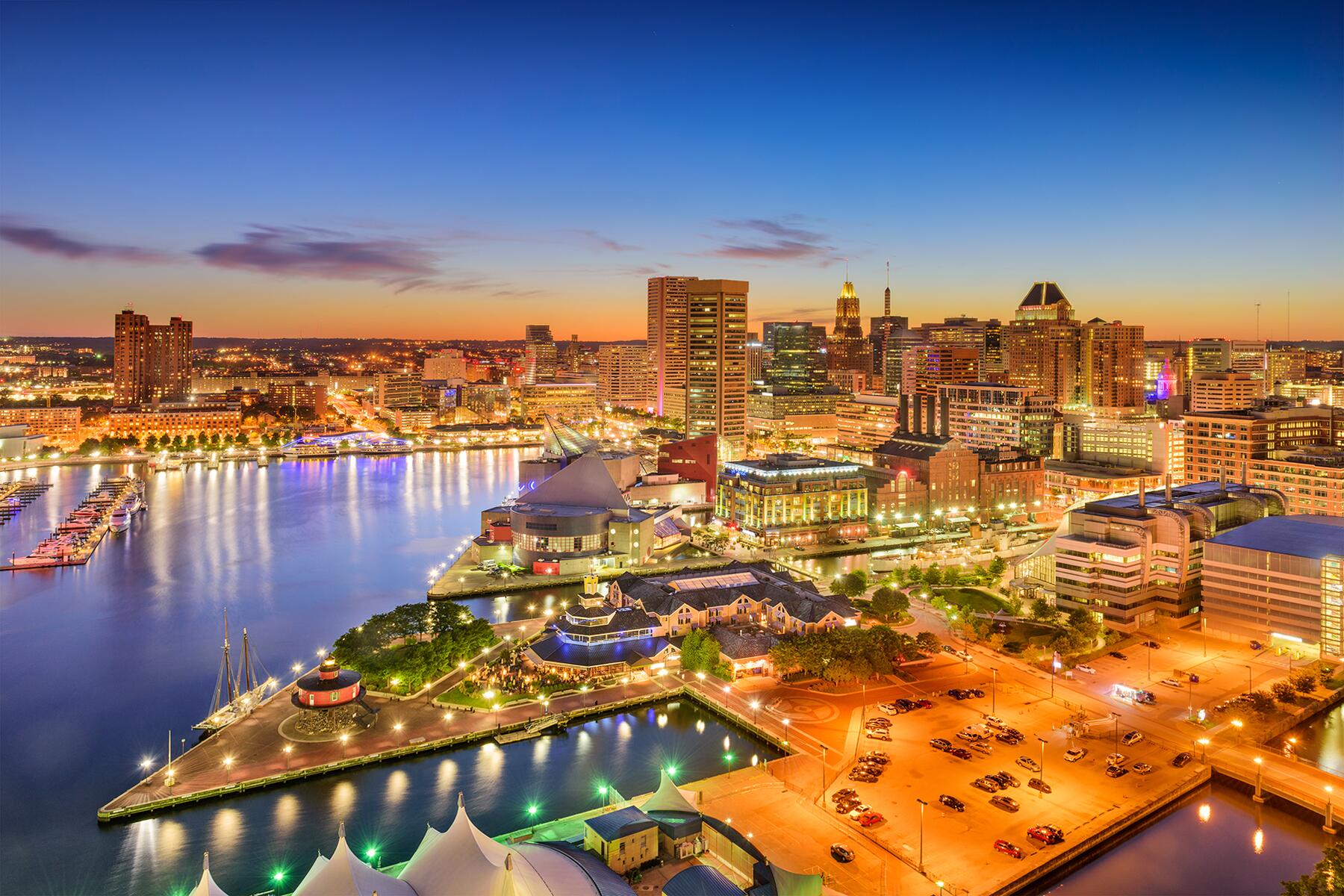Trace the path of these intrepid soldiers and early park rangers through the National Parks.
Black soldiers had been pressed into service or voluntarily participated in American wars since the Revolution, yet were banned from the military in peacetime. Despite this service, the American government largely prohibited Black people from joining the military in peacetime because they feared that arming African Americans, especially those who were or had been enslaved, could help them seek freedom. That changed in 1866 when federal legislation created six African American Army regiments—the 9th and 10th Cavalry, and the 38th, 39th, 40th, and 41st Infantry (the infantries soon reorganized into the 24th and 25th) during peacetime.
They became known as Buffalo Soldiers, a nickname acquired during their postings in the West. The Plains tribes likened them to the revered animal, either because they thought their hair resembled the tuft between a buffalo’s horns or considered their fighting skills equal to the buffalo, or perhaps both.
With the outbreak of the Spanish American War in 1898, all the units were dispatched to Cuba. Three of them charged up San Juan Hill alongside the white Rough Riders. These same regiments landed in the Philippines to quell resistance forces after the U.S. took possession after the war.
The Buffalo Soldiers’ military prowess and their role as some of the first rangers of America’s western National Parks left an enduring legacy. Here are sites where their story is best told.





